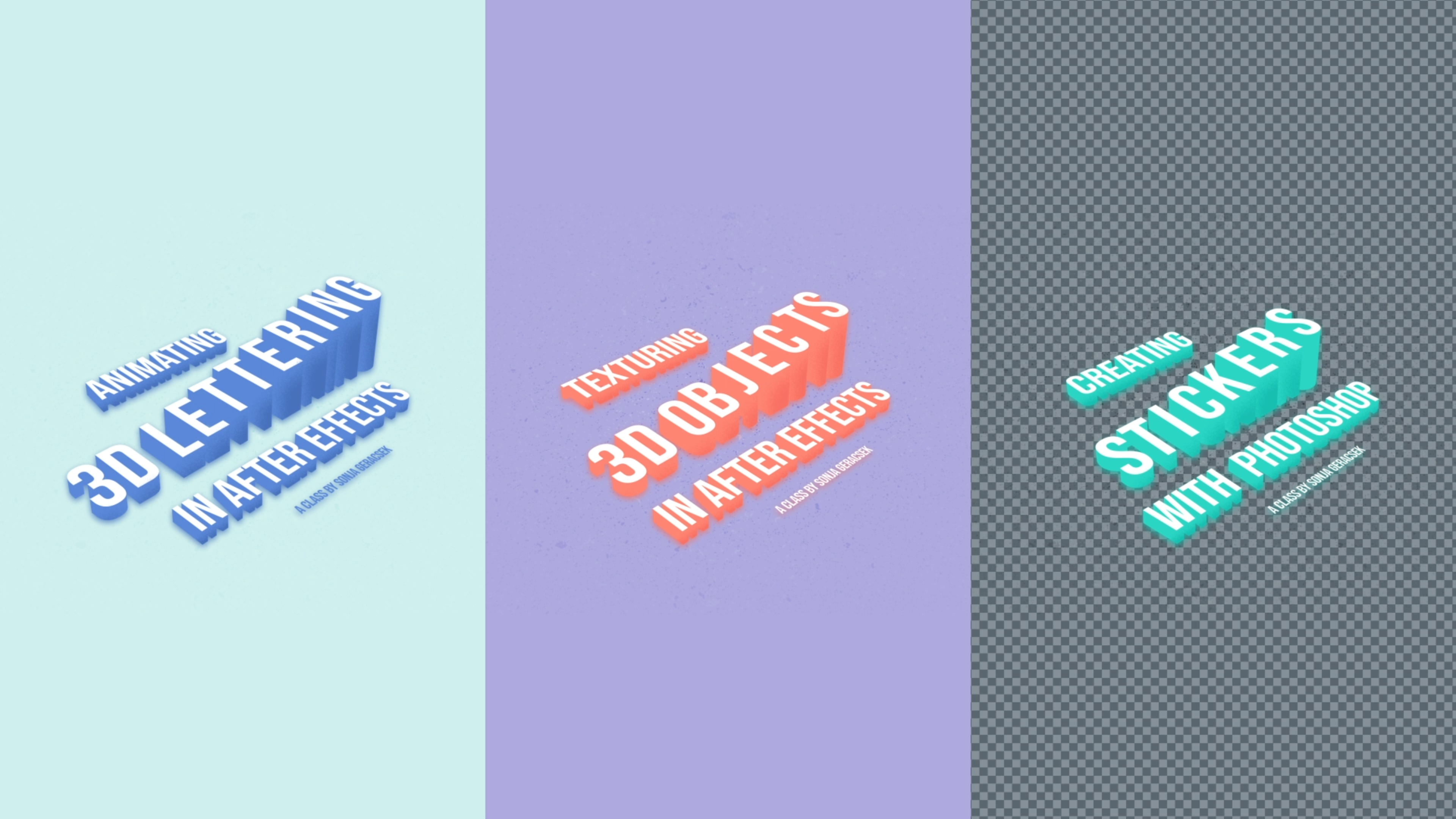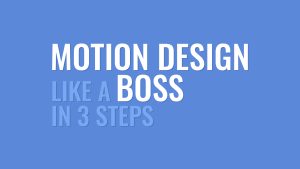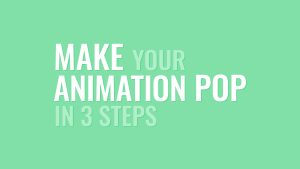|
Check out the new audio content!
Getting your Trinity Audio player ready...
|
My first solo online class How to Be More Efficient in Adobe After Effects, is a typical example of a basic beginner class. It covers first steps of getting started in After Effects, it shares insights into how I work and how students can become more efficient in animating within After Effects and on top of that teaches foundational knowledge of expression; the After Effects coding language.
It scratches the surface of a lot of areas, to give someone interested in motion design, a good starting point. It doesn’t go into an awful lot of depth and is therefore accessible to a wider audience. This is great for casting a wide net and drawing a larger crowd. However, creating content that is only made for beginners has two drawbacks for me.
First of all, it doesn’t allow for repeat business. Once a student has advanced past the beginner stage, there is no need for them to come back to my classes, as all of them would be basic beginner lessons. Which means, I would continually have to rely on attracting new students. I want my students to grow with my classes and build on their knowledge from previous classes. Second of all, rehashing the same principles over and over gets boring. I want to make classes on topics that surprised me when I learned them. I want to be able to say, Did you know you can do this?! I am most excited when I can teach something that I learned myself. You know the famous saying that goes, Those Who Can’t Do, Teach? I think this is completely wrong. If you are not doing, in my opinion, you can’t teach. Teaching what you’ve learned in the past, without educating yourself and experimenting with new techniques, means your classes are history lessons.
For this reason, a lot of my classes are based on personal projects, I created myself. I learned something new that I thought was worth sharing. My class Animating 3D Lettering in Adobe After Effects, which is part 1 of a 3 part series, does exactly that. The class is based on a personal project I created for the Striving Artist Podcast, I produced back in 2019 for Lauren Hom and Stefan Kunz.
The class series takes students from learning the basics of 3D rendering and animation in After Effects, to embellishing the design, to creating templates, animated GIFs and stickers. It’s a full circle journey from creation, to upgrade to end-use. Let me take you back to how the project came about. At the early stages of the podcast, Huyen Dinh‘s logo design was chosen to become the new face of the podcast.
I was inspired by Huyen’s staircase-like letter design (see bottom of post) and wondered what it would look like animated. I took the design into After Effects and animated the letters movin up and down, creating a wave-like cascading effect. I combined the animation with a grain effect, I learned from Ben Marriott. I applied the grain to the moving and extruded letters. Two things that were new to me and I hadn’t seen combined before. The lessons taught in the second part of the 3D Lettering class series are based on this knowledge.
Since this animation was based on text, I could change the copy to say anything I wanted, without a lot of effort adapting the animation. An idea popped into my head, to create a customisable Essential Graphics template, that I could use to make multiple animated stickers from. They could say things like New Episode Out Now or New Episode Coming, when I was promoting the podcast in my stories. This was one of the first times I had created an animation template that could be reused and customised to fit my needs.
This journey took me to learning more about GIF and sticker animation, exporting transparent GIFs, what other types of animated image formats there are and how they can be used online. I learned that PNG also has an animated format called APNG, that webp exists and that GIF is an outdated, fossil of a format that should be discontinued but somehow is still king on the internet. I packed all of this information into the the third part of the 3D Lettering series.
Following trends and basing content on what’s popular, draws a large audiences. But it can also quickly lead to becoming a copy-cat or getting lost in the sea of other creators that are producing content based on the same trend. I find that, when I’m forging my own path, I will draw the audience that is interested in the content I am making. Instead of chasing after an audience that may or may not find my take on the same subject interesting, an audience will form organically around my niche subject, because they are passionately interested in it and no one else is talking about that. That is not to say, I never create content that is more popular. I just try to strike a balance between content which is more niche and that which covers a wider interest group.
As an online teacher, I try not to get discouraged by other educators who have already covered a topic that I would like to make a class on. I like to think that my unique view will resonate with my kind of people. Simultaneously, I try not to feel pressured to cover a topic just because it’s trending. My audience will connect to my content because of my passion for it.
Don’t be a sheep, make what you love!








